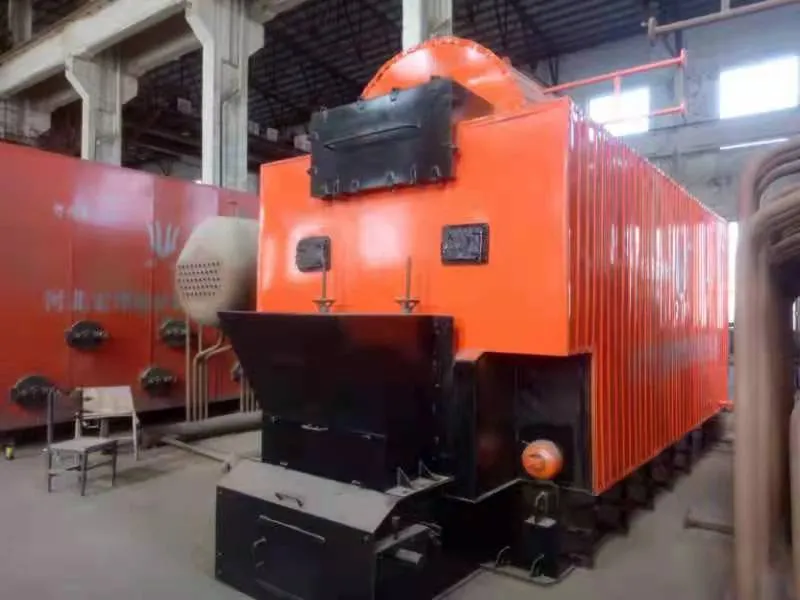
Сен . 28, 2024 07:55 Back to list
Innovative Approaches to Steam Boiler Design and Efficiency Optimization Techniques
Steam Boiler Design A Comprehensive Overview
Steam boilers have been a cornerstone of industrial processes for centuries, providing essential heat and pressure for various applications, ranging from power generation to manufacturing. The design of a steam boiler is critical, as it directly affects efficiency, safety, and reliability. In this article, we will explore the fundamental aspects of steam boiler design, including types, components, and key considerations.
At the outset, steam boilers can be classified into two main categories fire-tube and water-tube boilers. Fire-tube boilers consist of a series of tubes through which hot combustion gases pass, heating the water surrounding these tubes. This design is generally simpler and more cost-effective, making it suitable for lower pressure applications. On the other hand, water-tube boilers contain water-filled tubes that are heated by external combustion gases. This design can handle higher pressures and temperatures, making it ideal for large-scale power plants and industries requiring substantial steam output.
Steam Boiler Design A Comprehensive Overview
Another critical component of steam boiler design is the boiler’s efficiency. Efficiency is often measured in terms of the heat conversion rate and the ability to minimize waste. Engineers utilize various methods to enhance efficiency, such as optimizing combustion processes, incorporating economizers to recover waste heat, and implementing advanced control systems that regulate fuel and air supply. The integration of these technologies not only improves efficiency but also reduces operational costs and environmental impact.
steam boiler design pdf

Safety is paramount in steam boiler design. Boilers operate under high pressure, which poses significant risks if not managed correctly. Designing for safety involves incorporating features such as pressure relief valves, safety shut-off mechanisms, and regular maintenance schedules. Boiler designs must comply with industry standards and regulations to ensure safe operation. Furthermore, rigorous testing during the design phase helps identify potential failure modes, allowing engineers to implement preventive measures.
The design process also involves considering the specific needs of the application. Factors such as steam quality, pressure requirements, and load variations must be analyzed to ensure the boiler meets operational demands. Customization of design parameters can lead to better performance and enhanced reliability over the boiler's operational life.
Finally, advancements in technology are continuously reshaping steam boiler design. Innovations such as computational fluid dynamics (CFD) modeling enable engineers to visualize and optimize flow patterns within the boiler, leading to better heat transfer and efficiency. Additionally, the adoption of smart technologies for monitoring and control can enhance operational efficiency and facilitate predictive maintenance, reducing downtime and costs.
In conclusion, steam boiler design is a complex process that intertwines various factors, including boiler type, materials selection, efficiency improvements, safety considerations, and technological advancements. A well-designed steam boiler not only meets the operational needs of a facility but also ensures safety and efficiency, making it an indispensable element in industrial applications. As technology continues to evolve, it is crucial for engineers to stay ahead of the curve, embracing innovation to elevate steam boiler design to new heights.
-
High-Efficiency Commercial Oil Fired Steam Boiler for Industry
NewsJul.30,2025
-
High-Efficiency Biomass Fired Thermal Oil Boiler Solutions
NewsJul.30,2025
-
High Efficiency Gas Fired Thermal Oil Boiler for Industrial Heating
NewsJul.29,2025
-
High-Efficiency Gas Fired Hot Water Boiler for Sale – Reliable & Affordable
NewsJul.29,2025
-
High Efficiency Biomass Fired Hot Water Boiler for Industrial and Commercial Use
NewsJul.29,2025
-
High-Efficiency Biomass Fired Hot Water Boiler for Industrial Use
NewsJul.28,2025
Related PRODUCTS






















